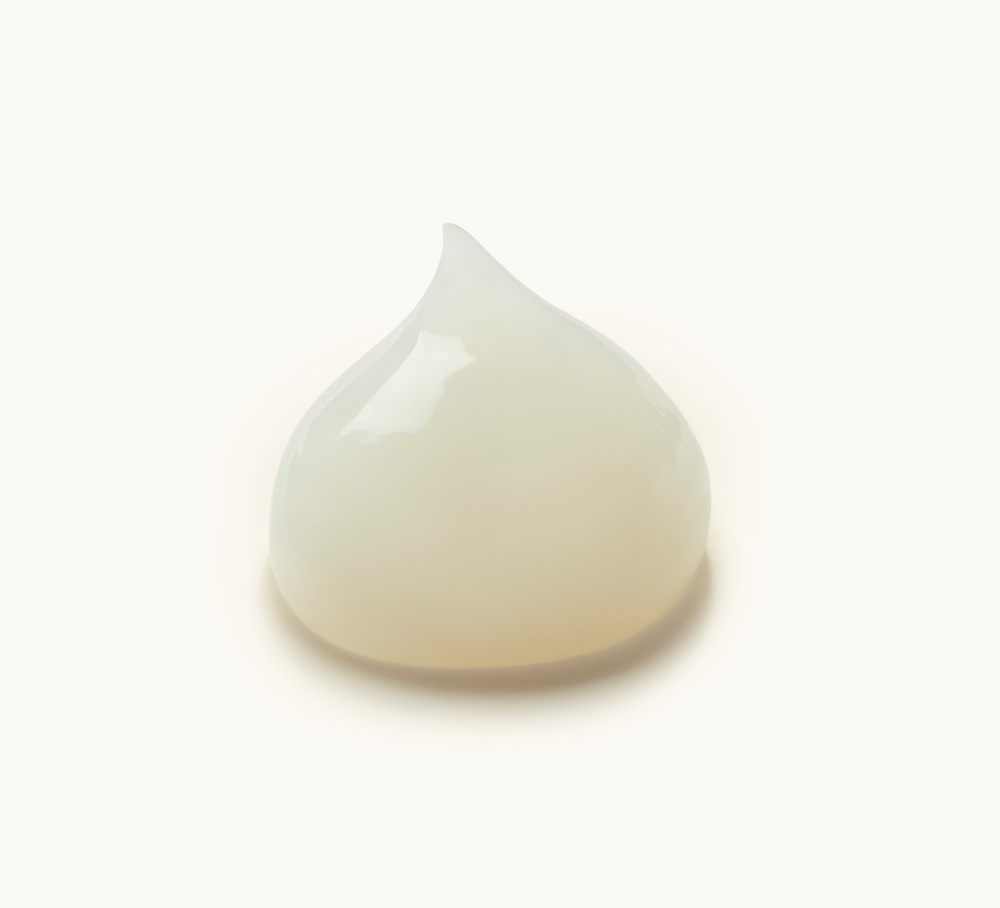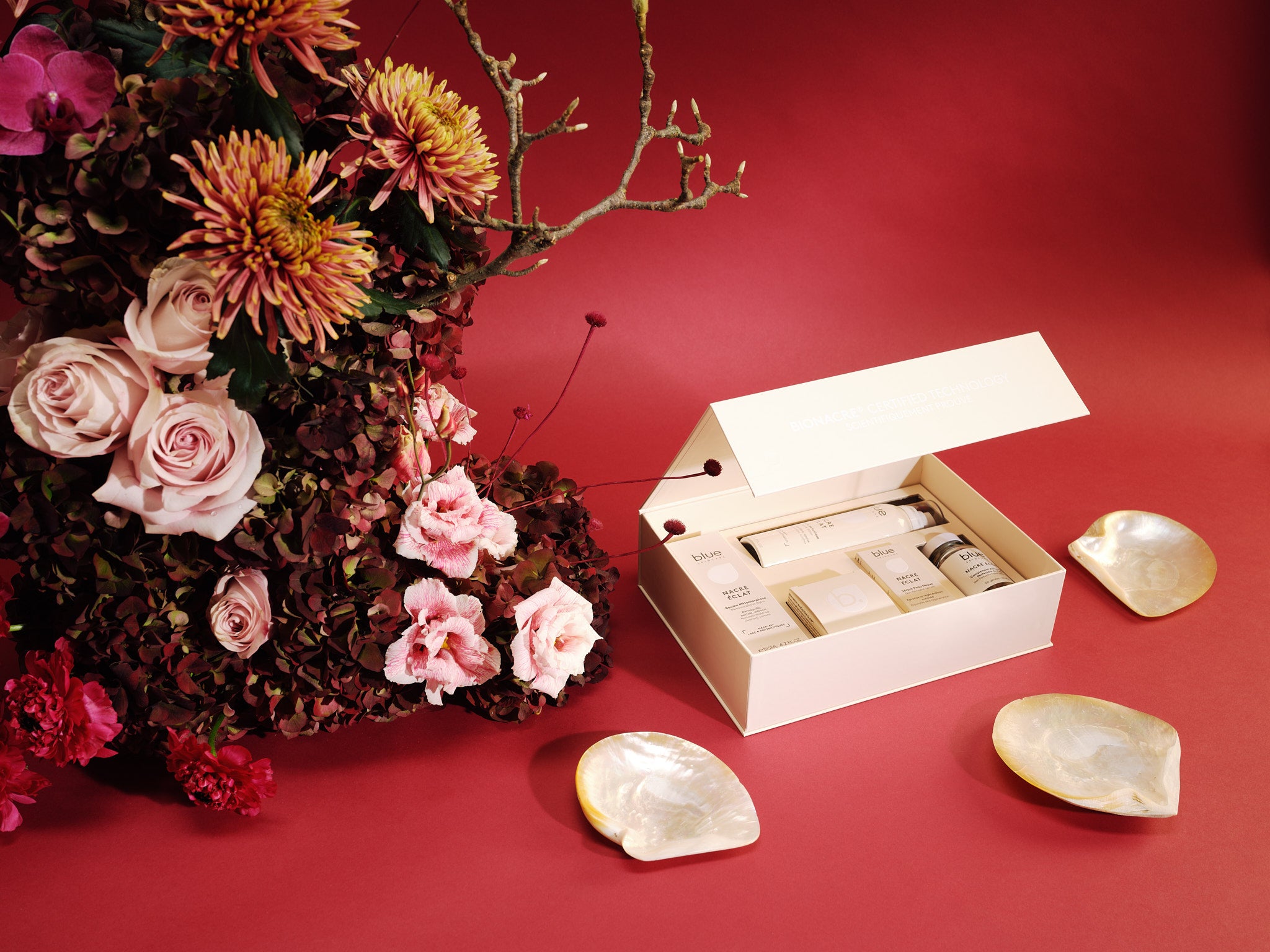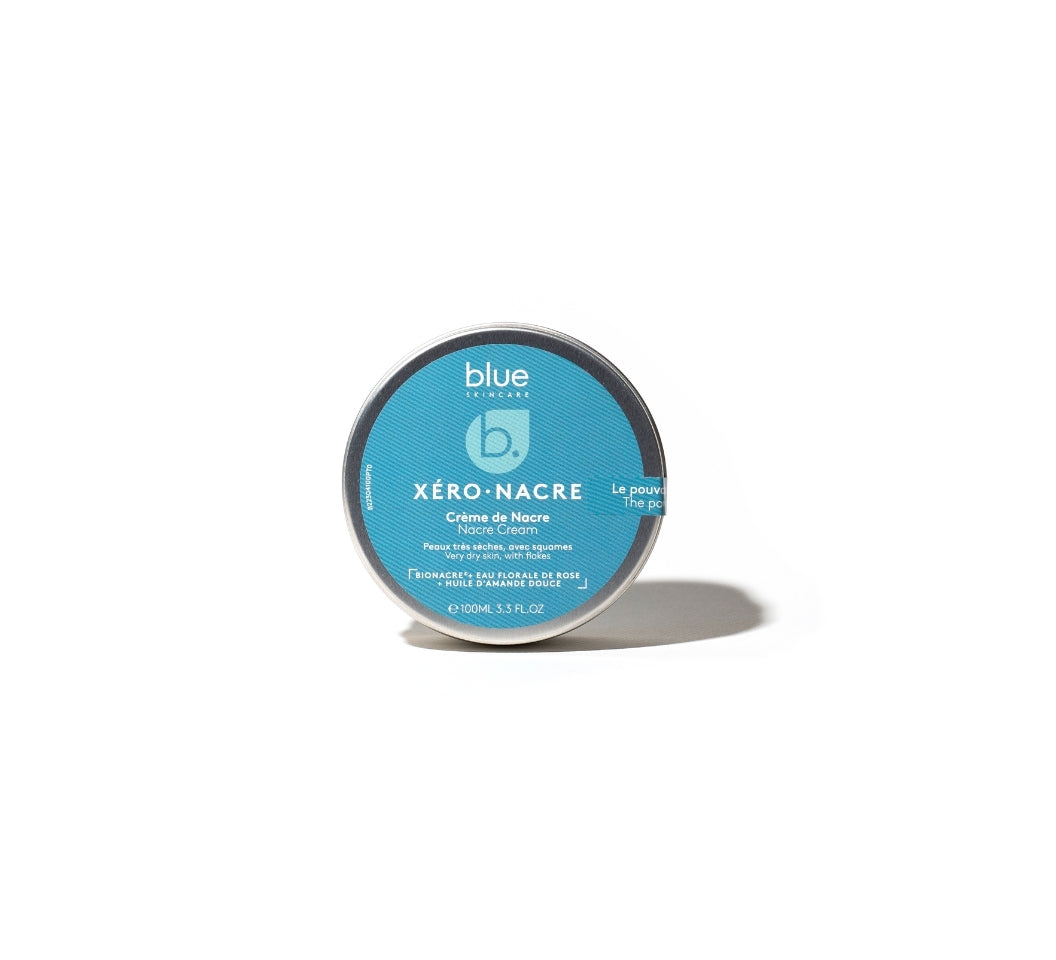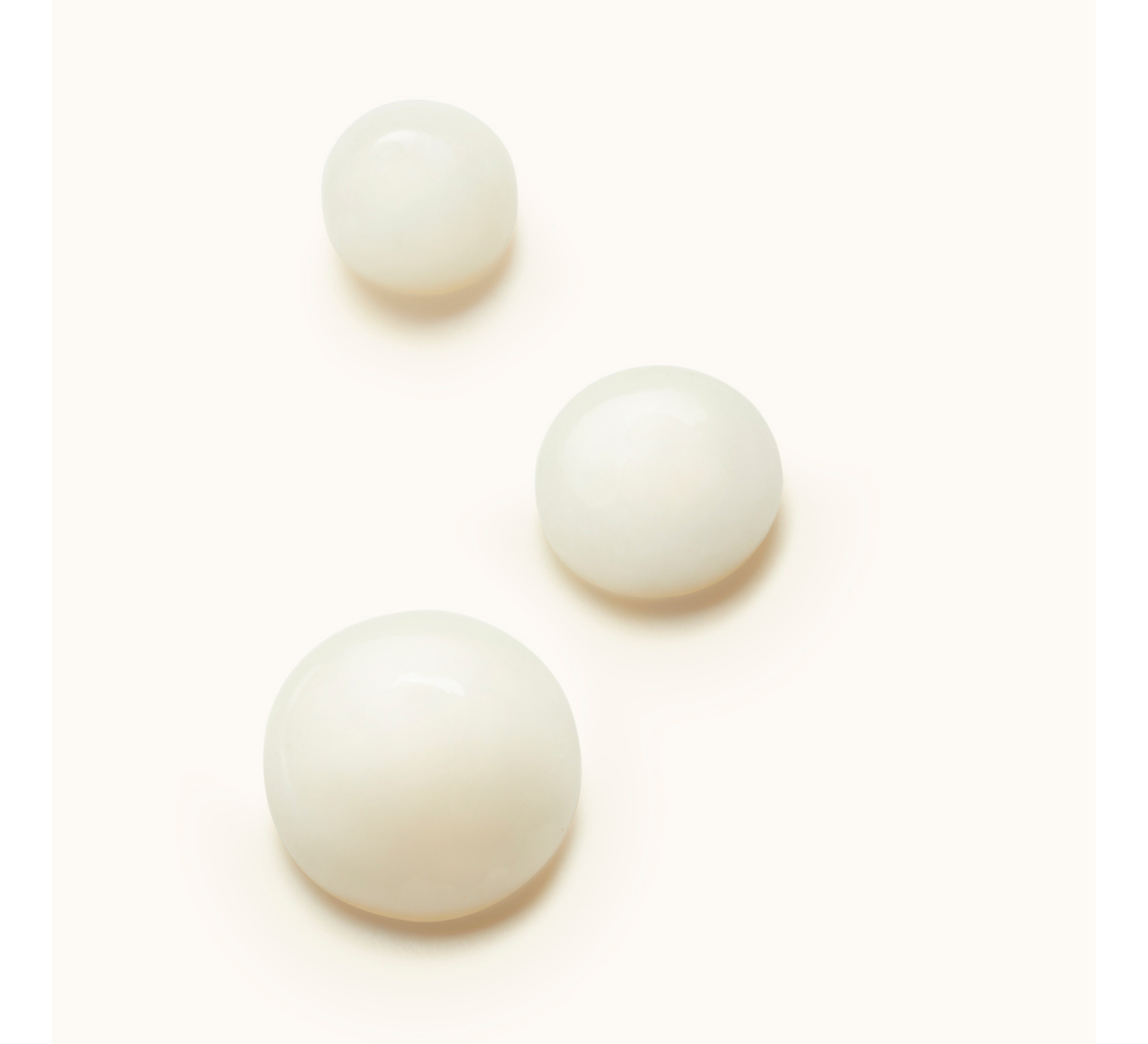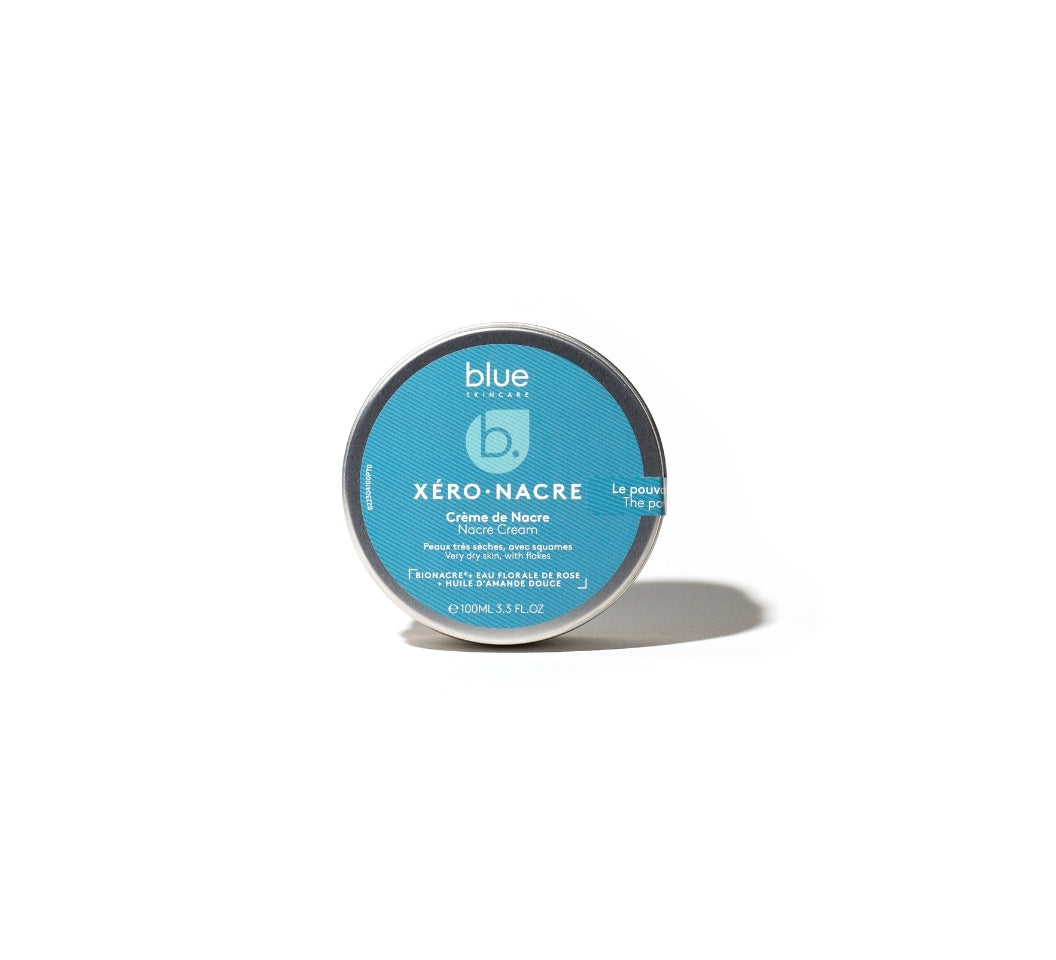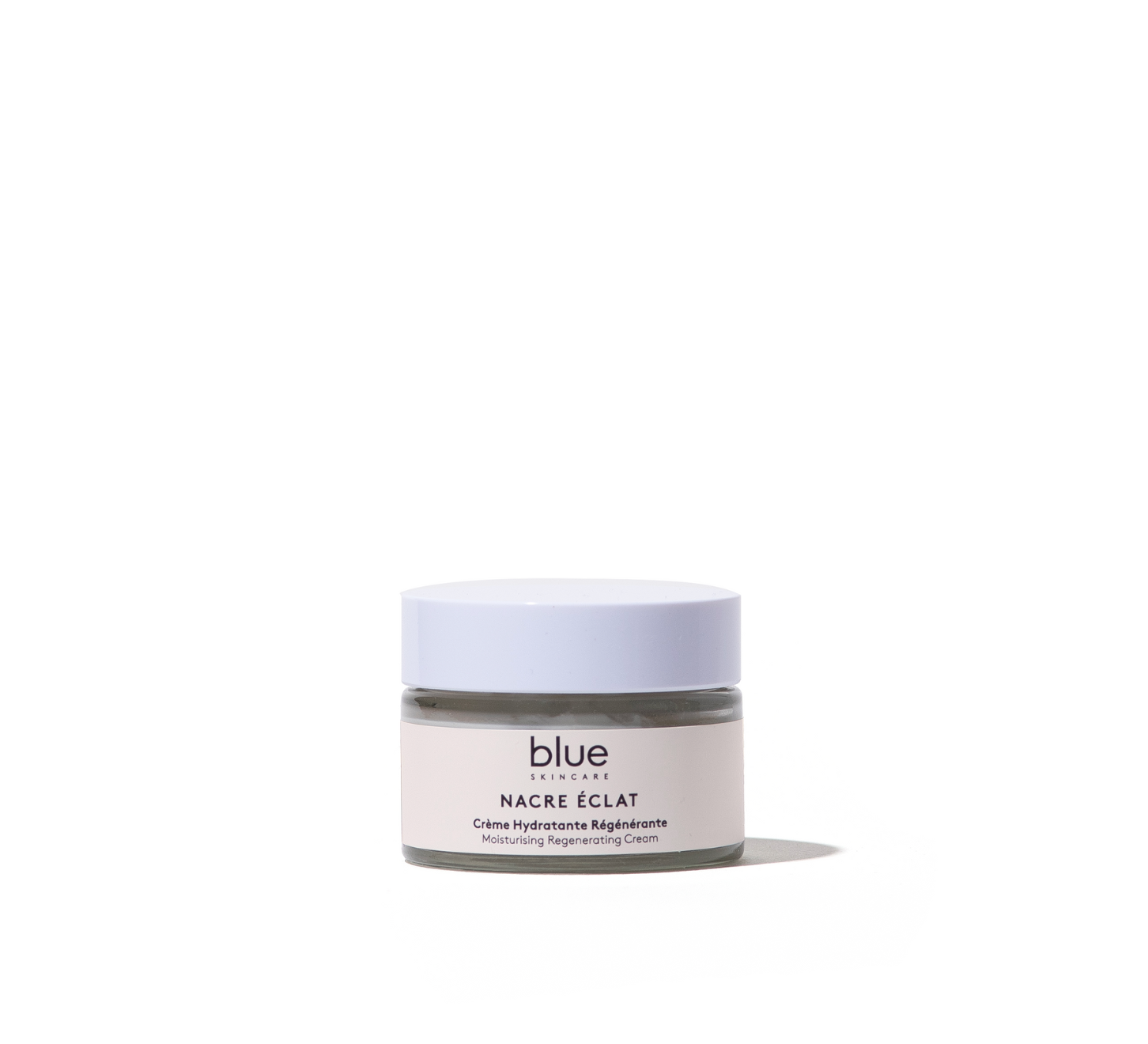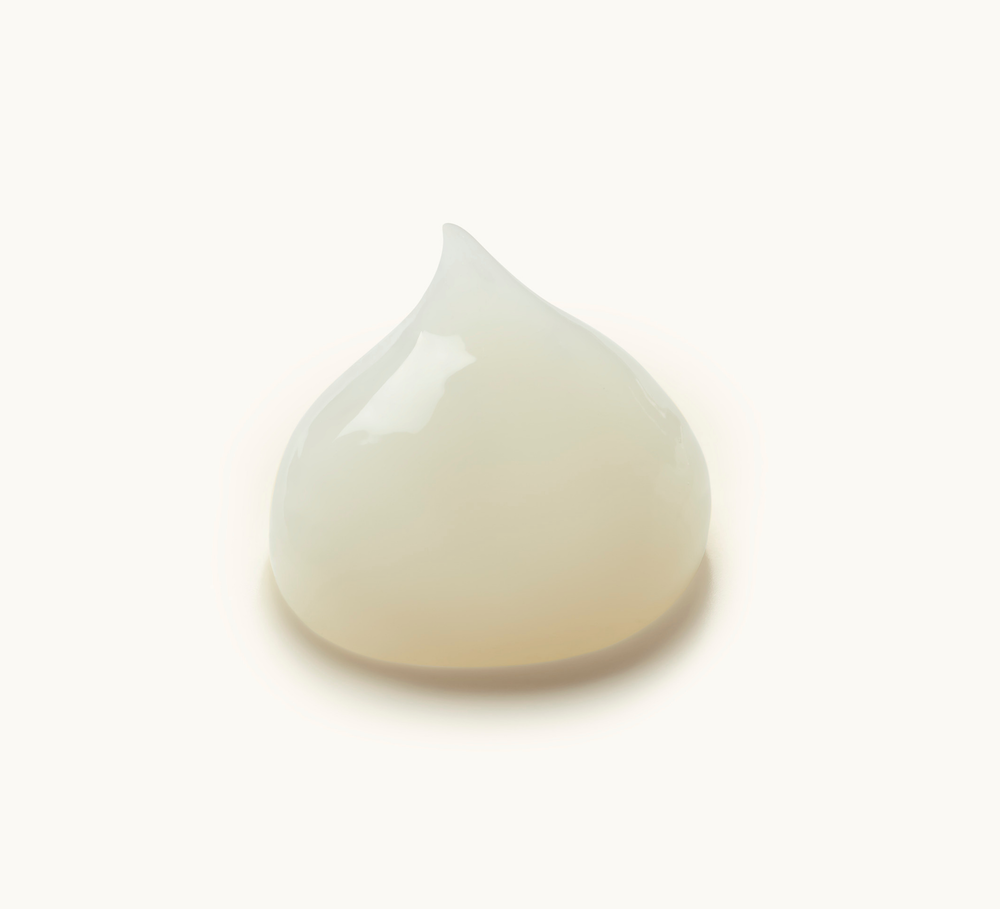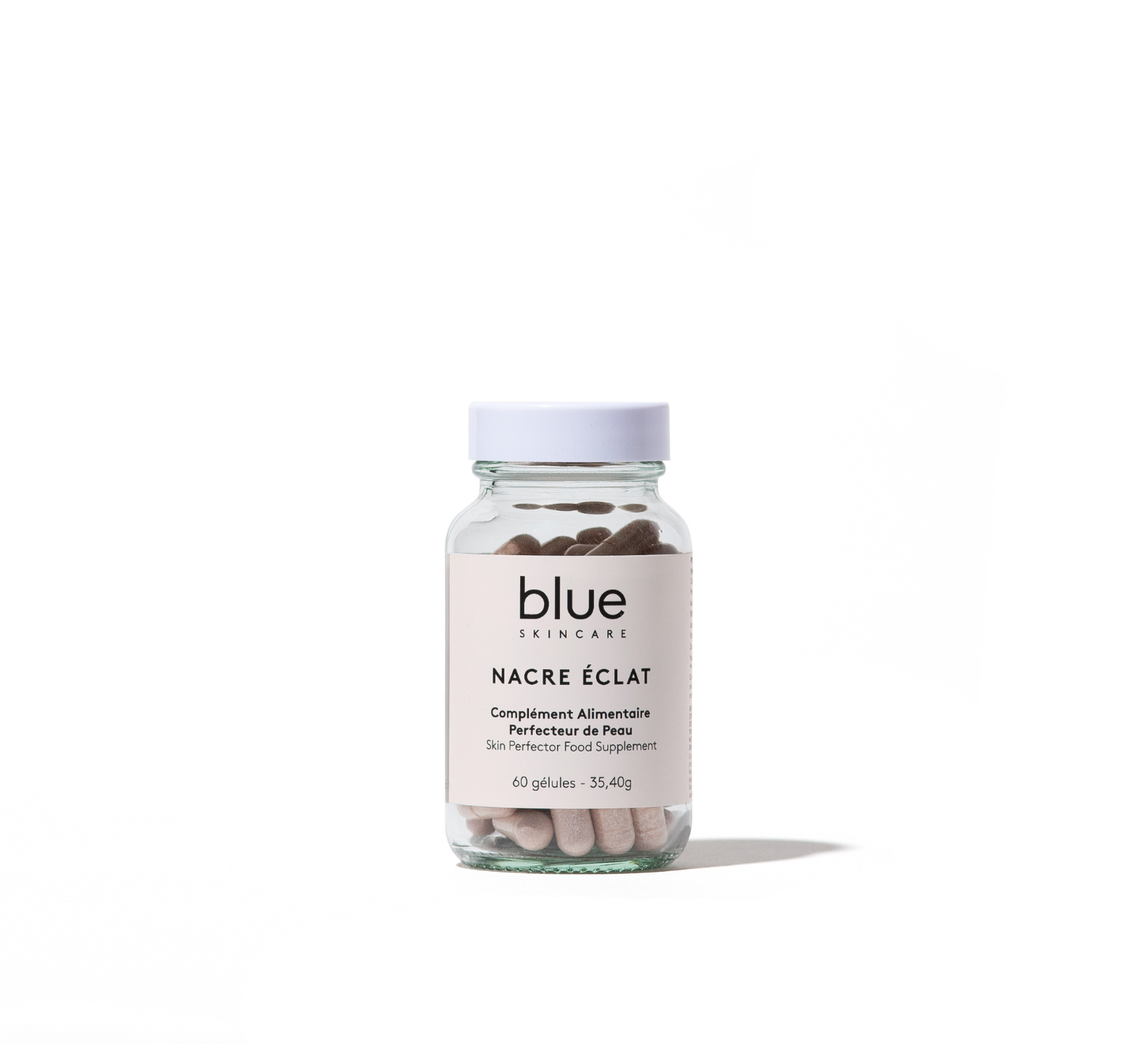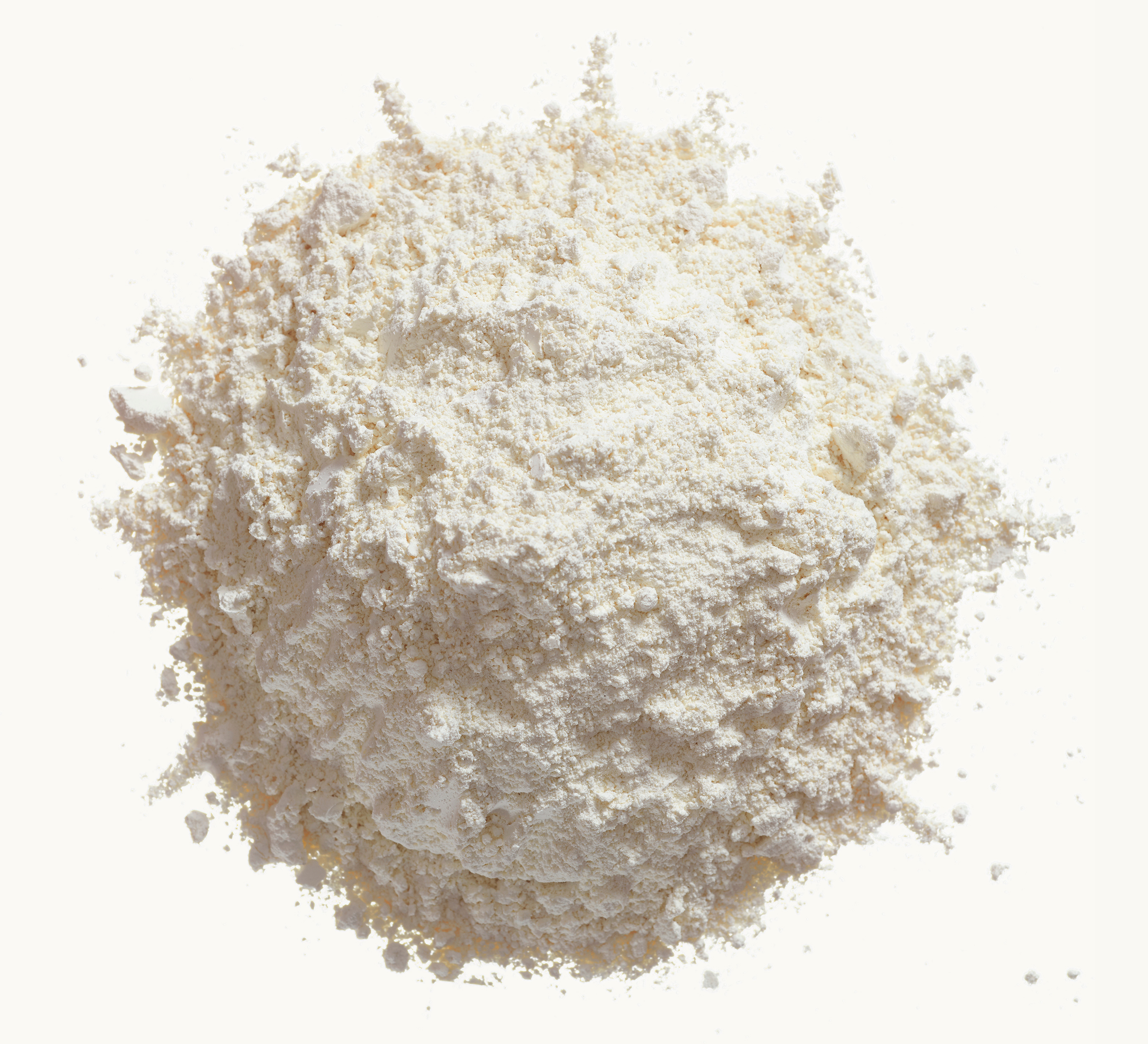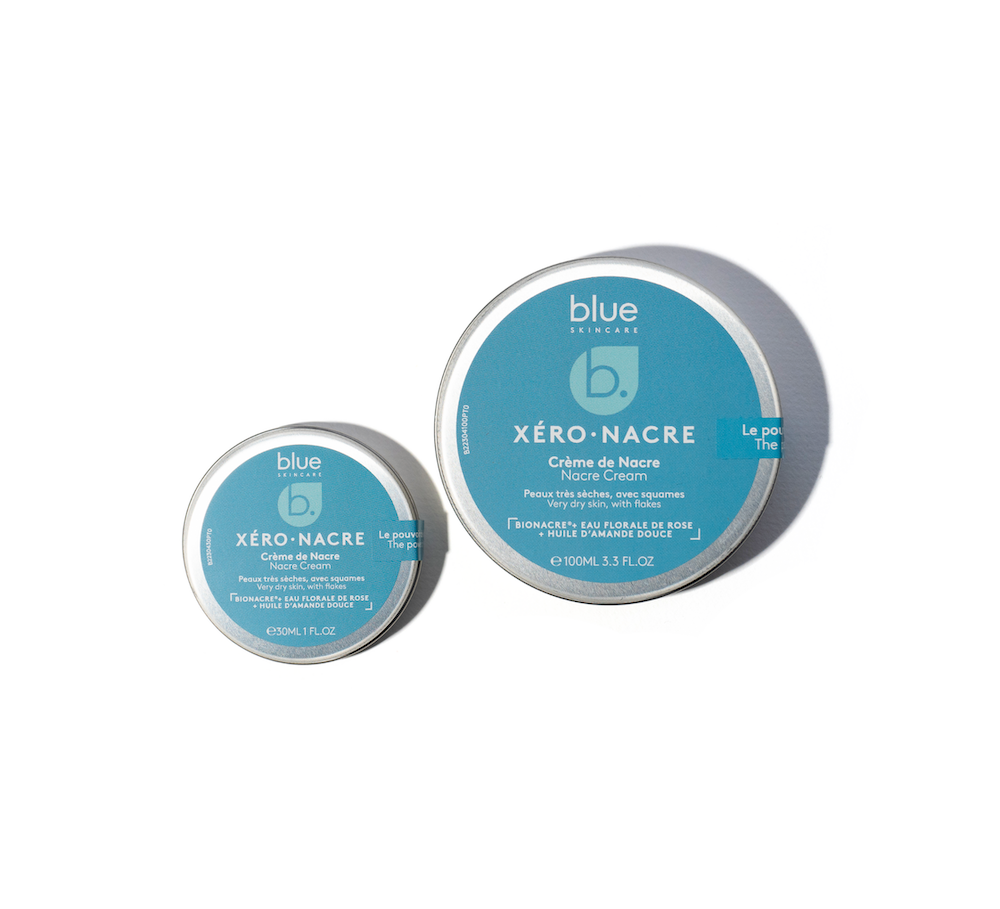We don't realize it when we throw them away, but all seeds, grains, and other pits possess an incredible power: that of germination. Discover how to easily grow beautiful plants from these plant waste products. Here's how to use this fun, economical, and 100% eco-friendly experiment to grow plants!
They generally end up in the household waste bin, and yet, seeds, pits, legumes, cereal grains are concentrates of life that you just have to wake up to see them germinate. They are always alive. This is also the case for roots and tubers like potatoes or sweet potatoes: we realize this phenomenon when we forget them at the bottom of the vegetable drawer and we find them adorned with small budding shoots. Overall, even if some seeds can die, their capacity to germinate is most of the time intact and most can, with the right technique, quickly develop roots and a shoot that will amaze young and old. Remember that cherry or plum pit spat out in a corner of the garden and which gave rise to a tree a few years later…
How to choose?
We all remember the lentils we sprouted on a wet cotton ball at school, or the avocado pit suspended with toothpicks in a glass of water. In reality, almost anything can sprout. Ideally, we should choose organic varieties because the less the fruit has been treated or processed, the more likely it is to "take". Exotic fruits like lychee, dates, passion fruit, will sprout easily if they are grown in a warm place, but also citrus fruits (lemon seeds, oranges, grapefruit, etc.) or pear seeds, apple seeds, apricot pits, as well as almonds, and even zucchini, pomegranates, pumpkins, beans, walnuts and hazelnuts, kiwis, chickpeas, tomatoes, and grapes! Some germinate quickly, others grow more slowly. All of them will give you pretty plants, and will be able, for the most assiduous, most patient (and luckiest) green fingers, to reproduce the tree which will in turn bear fruit once replanted.
The techniques
All seeds need warmth and humidity to germinate, but certain techniques can help you maximize your chances. Generally, you can either place the seeds on damp cotton while they germinate, immerse them in water to moisten them before replanting, or place them directly in moist potting soil. Some seeds need a cold spell to "wake up," as if they had just spent the winter and are thus ready for spring: this phenomenon is called "breaking dormancy." For each seed or stone, you can find tutorials on the internet indicating first how to recover the seeds, how to germinate them, the necessary conditions, but also how to replant and care for them afterwards. You will find below some of the most accessible examples.
Sprouting an avocado pit
Wrongly called the stone, it is in fact the only seed of the fruit. Stick 3 pins or toothpicks at equal distances halfway up so that it stands in the center of a glass filled with water so that it is 1/3 submerged. Keep it warm and change the water regularly: after about 3 weeks, it will crack and reveal roots and then a shoot. When the plant is a few centimeters tall, place the root without breaking it with the stone in soil, keeping it moist and in the light.
Germinating a lychee stone
While growing them is tricky in the long run, germination is quick and attractive. Choose the smoothest, unatrophied pits, remove all the flesh from the fruit, and make
-soak them for 2 days in a glass of water. Then plant several pits (because not all of them will germinate) in very moist potting soil, rounded side up and sticking out a little. Place in a warm place, and in 2 to 3 weeks you will see small leaves appear. When they have grown 10 centimeters, you can replant them.
Growing a sweet potato
Unfortunately short-lived, the sweet potato plant is very beautiful when it flowers! The ideal time to germinate it and keep it as long as possible is in March. With the summer heat, it can last until fall. To prevent it from rotting, start germination in water by submerging the sharpest, pointed part. Once the stems and roots have emerged from the potato, plant it in potting soil in a pot or in the garden. Bonus: the leaves are edible, like spinach.
Sprout citrus seeds: orange, lemon or grapefruit



When you buy them, citrus fruits have often been placed in a cold room at some point, which replaces the dormancy necessary for their germination. Soak the seeds for 24 hours in a glass of water or between two damp pieces of cotton, sow in potting soil, keep at around 20° and water regularly. After 3 weeks, small shoots will appear. When these shoots are strong, plant them in a pot filled with always moist soil. You will quickly have pretty shrubs.
Sprouting seeds and pits is a source of satisfaction and a joyful and educational activity, especially for children . It's easy to do. So, get involved and continue the experience and obtain fruit trees and mature, long-lasting plants, or simply pretty shrubs for the house. Get your pits!

To go further, read “ Seeds and pits, make them grow! ”, Clémentine Desfemmes, Leduc
© Leduc

